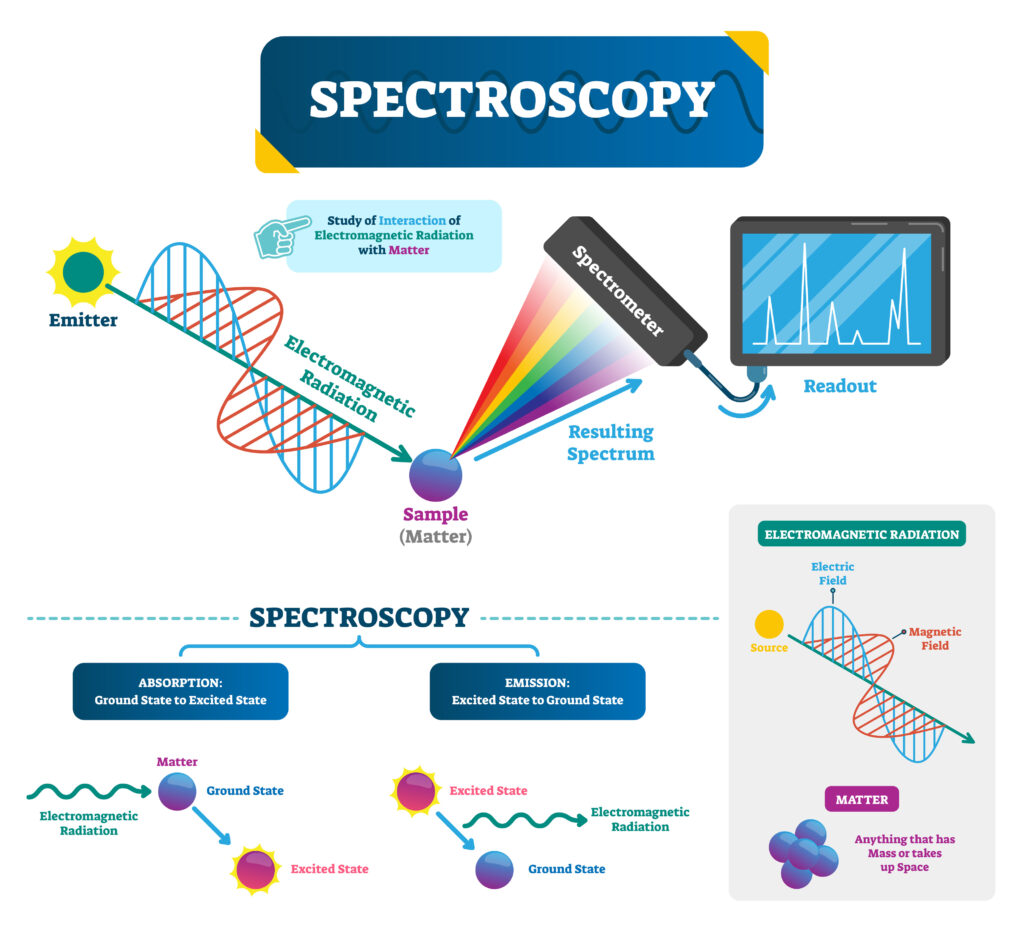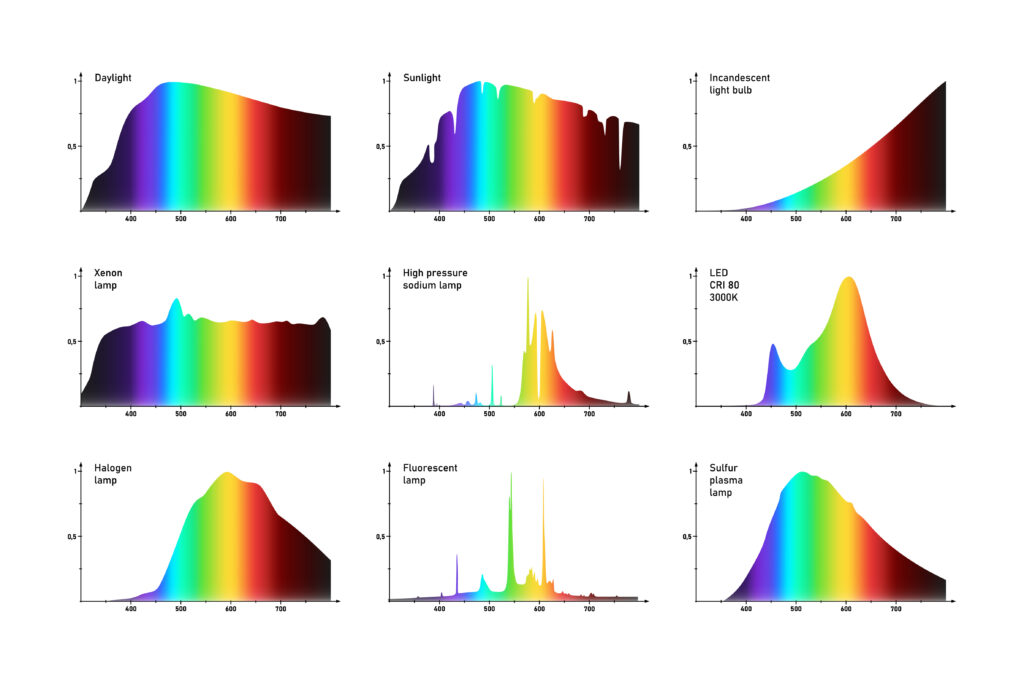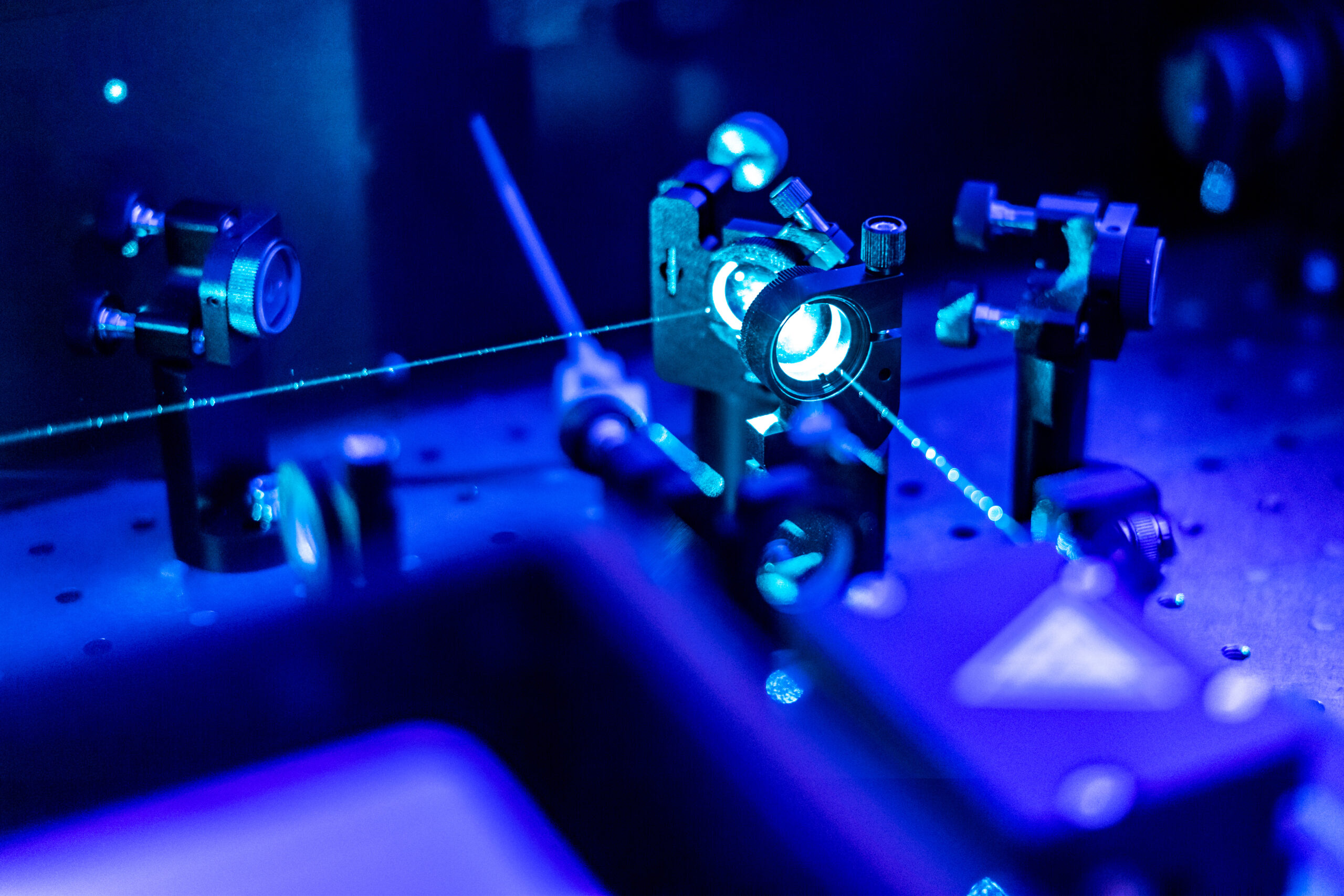The Power of Raman Spectroscopy: How it Enhances Quality Control in Manufacturing
The Power of Raman Spectroscopy: How it Enhances Quality Control in Manufacturing
Introduction to Raman Spectroscopy
As a manufacturing quality control expert, I am always looking for ways to improve the accuracy and efficiency of our quality control processes. One technology that has proven to be incredibly powerful in this regard is Raman spectroscopy. Raman spectroscopy is a non-destructive analytical technique that can be used to identify and quantify chemical compounds in a wide range of materials. In this article, I will explore the basics of Raman spectroscopy, its applications in manufacturing, and how it can be used to enhance quality control processes.
What is Raman Spectroscopy and How Does it Work?
Raman spectroscopy is an analytical technique that is based on the Raman effect, which was discovered by C.V. Raman in 1928. The Raman effect occurs when a sample is irradiated with monochromatic light, which causes some of the light to be scattered in all directions. A small fraction of this scattered light undergoes a change in wavelength due to interactions with the chemical bonds in the sample. This change in wavelength, known as the Raman shift, can be used to identify the chemical compounds present in the sample.
Raman spectroscopy is ax non-destructive technique, which means that it does not damage or alter the sample in any way. It is also a non-contact technique, which means that it can be used to analyze samples without coming into physical contact with them. This makes Raman spectroscopy an ideal technique for analyzing delicate or sensitive samples.

Understanding Raman Spectra and Raman Shift

Raman spectra are generated by plotting the intensity of scattered light as a function of the Raman shift. The Raman shift is the difference in frequency between the incident laser light and the scattered light. Raman spectra are unique for each chemical compound, which means that they can be used to identify the chemical composition of a sample.
Raman spectra are typically divided into three regions: the fingerprint region, the functional group region, and the high-frequency region. The fingerprint region contains the most information about the chemical composition of the sample and is typically used for identification purposes. The functional group region contains information about the types of chemical bonds present in the sample, while the high-frequency region contains information about the crystal structure of the sample.
Applications of Raman Spectroscopy in Manufacturing
 Raman spectroscopy has a wide range of applications in manufacturing, including pharmaceuticals, polymers, semiconductors, and food and beverage. In the pharmaceutical industry, Raman spectroscopy can be used to identify and quantify active ingredients. Raman spectroscopy is ax non-destructive technique, which means that it does not damage or alter the sample in any way. It is also a non-contact technique, which means that it can be used to analyze samples without coming into physical contact with them. This makes Raman spectroscopy an ideal technique for analyzing delicate or sensitive samples. in drug formulations, as well as to detect impurities and contaminants. In the polymer industry, Raman spectroscopy can be used to identify and quantify polymer additives, as well as to analyze the molecular structure of polymers. In the semiconductor industry, Raman spectroscopy can be used to analyze the crystal structure of materials and to detect defects in semiconductor wafers. In the food and beverage industry, Raman spectroscopy can be used to analyze the composition of food products, such as fats, proteins, and carbohydrates.
Raman spectroscopy has a wide range of applications in manufacturing, including pharmaceuticals, polymers, semiconductors, and food and beverage. In the pharmaceutical industry, Raman spectroscopy can be used to identify and quantify active ingredients. Raman spectroscopy is ax non-destructive technique, which means that it does not damage or alter the sample in any way. It is also a non-contact technique, which means that it can be used to analyze samples without coming into physical contact with them. This makes Raman spectroscopy an ideal technique for analyzing delicate or sensitive samples. in drug formulations, as well as to detect impurities and contaminants. In the polymer industry, Raman spectroscopy can be used to identify and quantify polymer additives, as well as to analyze the molecular structure of polymers. In the semiconductor industry, Raman spectroscopy can be used to analyze the crystal structure of materials and to detect defects in semiconductor wafers. In the food and beverage industry, Raman spectroscopy can be used to analyze the composition of food products, such as fats, proteins, and carbohydrates.
Benefits of Raman Spectroscopy in Quality Control
One of the main benefits of Raman spectroscopy in quality control is its ability to provide rapid and accurate analysis of samples. Unlike traditional analytical techniques, such as chromatography and mass spectrometry, Raman spectroscopy does not require sample preparation or separation. This means that samples can be analyzed in real-time, which can reduce the time and cost associated with quality control testing.
Another benefit of Raman spectroscopy in quality control is its ability to provide non-destructive analysis of samples. This means that samples can be analyzed without being damaged or altered in any way, which can be particularly important for sensitive or valuable samples.
Overview of Raman Spectroscopy Instrumentation
 Raman spectroscopy instrumentation can be divided into two main categories: dispersive and Fourier transform. Dispersive Raman spectroscopy instruments use a diffraction grating to disperse the scattered light into its component wavelengths, which are then detected by a photodetector. Fourier transform Raman spectroscopy instruments use a Michelson interferometer to modulate the scattered light and convert it into a frequency domain signal.
Raman spectroscopy instrumentation can be divided into two main categories: dispersive and Fourier transform. Dispersive Raman spectroscopy instruments use a diffraction grating to disperse the scattered light into its component wavelengths, which are then detected by a photodetector. Fourier transform Raman spectroscopy instruments use a Michelson interferometer to modulate the scattered light and convert it into a frequency domain signal.
Raman spectrometers can also be divided into two main types: benchtop and handheld. Benchtop Raman spectrometers are typically larger and more powerful than handheld instruments, and are designed for laboratory use. Handheld Raman spectrometers are smaller and more portable, and are designed for use in the field or on the manufacturing floor.
Choosing the Right Raman Spectroscopy Instrument for Your Manufacturing Process
When choosing a Raman spectroscopy instrument for your manufacturing process, there are several factors to consider. These include the type of sample being analyzed, the required sensitivity and accuracy of the analysis, the required throughput of the instrument, and the available budget.
For samples that are difficult to analyze, such as those with high fluorescence or low Raman scatter, a Fourier transform Raman spectroscopy instrument may be more suitable than a dispersive instrument. For samples that require rapid analysis or that are located in remote or difficult-to-access locations, a handheld Raman spectrometer may be more suitable than a benchtop instrument.
Best Practices for Using Raman Spectroscopy in Quality Control
To ensure the accuracy and reliability of Raman spectroscopy in quality control, it is important to follow best practices for sample preparation, instrument calibration, and data analysis. Sample preparation should be standardized and optimized to ensure consistent results. Instrument calibration should be performed regularly to ensure accurate and reliable results. Data analysis should be performed using validated methods that are appropriate for the specific application.
Conclusion: The Future of Raman Spectroscopy in Manufacturing
Raman spectroscopy is a powerful analytical technique that has a wide range of applications in manufacturing, particularly in quality control. Its non-destructive and non-contact nature, as well as its ability to provide real-time analysis of samples, make it an ideal technique for analyzing a wide range of materials. As the technology continues to evolve and become more widely available, it is likely that Raman spectroscopy will become an even more important tool for enhancing quality control processes in manufacturing.
To learn more about how Raman spectroscopy can enhance quality control in your manufacturing process, contact us today to schedule a consultation





